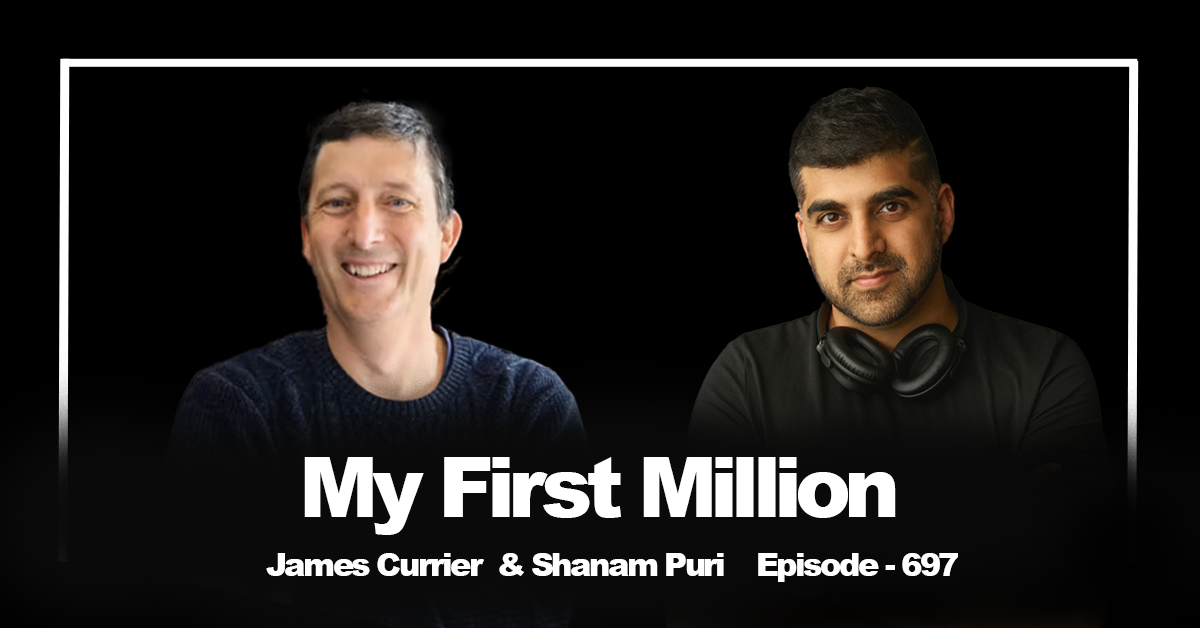This conversation with Stuart McMillan is a deep dive into the science of movement, the art of sprinting, and the importance of staying active for longevity. Whether you’re an athlete or just someone looking to move better, these insights offer valuable lessons for improving your physical and mental well-being.
1. The Power of Skipping: A Plyometric Game-Changer
- Skipping isn’t just for kids—it’s one of the best plyometric exercises for building power, speed, coordination, and improving muscle, fascial, and nervous system function.
- Why Skip? It’s a low-cost, low-time activity that improves posture, reduces injury risk, and enhances longevity. It’s also a great way to reintroduce hip extension and cross-body coordination into your movement patterns.
- Actionable Tip: Start with 30 seconds of skipping followed by 30 seconds of walking or jogging. Gradually increase the intensity and duration as you get more comfortable.
2. Sprinting: The Ultimate Human Performance
- Sprinting is the pinnacle of human movement. It’s not just about speed but about expressing maximal effort and eccentric control (the ability to handle breaking forces).
- Why Sprint? It’s a full-body, high-intensity activity that improves VO2 max, muscle elasticity, and neuromuscular coordination. It’s also a key indicator of overall health and vitality.
- Actionable Tip: If you’re new to sprinting, start with strides (75-90% of max speed) before progressing to full sprints. Focus on quality over quantity.
3. The Importance of Eccentric Control
- Eccentric control (the ability to handle breaking forces) is crucial for both athletic performance and longevity. It’s what allows you to run fast, jump high, and avoid injuries.
- Why It Matters: As we age, we lose the ability to handle eccentric forces, which can lead to falls and injuries. Skipping and other plyometric exercises can help maintain this capacity.
- Actionable Tip: Incorporate eccentric-focused exercises like slow lowering in squats or lunges, and practice landing softly from jumps.
4. Movement as Self-Expression
- Movement is a form of self-expression. Whether it’s sprinting, skipping, or dancing, how you move reflects who you are. The best athletes and performers are those who can fully express themselves through their movement.
- Why It Matters: Finding joy and authenticity in movement can lead to better performance and a deeper connection to your body.
- Actionable Tip: Don’t just go through the motions—focus on expressing yourself through your movements. Whether it’s skipping, running, or dancing, let your body flow naturally.
5. The Role of Genetics and Environment in Athletic Performance
- Genetics play a significant role in athletic performance, especially in sprinting. Factors like muscle fiber type, tendon length, and joint structure can determine your potential.
- Environment Matters: Growing up in a culture that values and nurtures certain sports (like sprinting in Jamaica) can also shape athletic success.
- Thought-Provoking Insight: While genetics set the stage, it’s the combination of hard work, proper training, and environment that allows athletes to reach their full potential.
6. The Pressure-Peace Dichotomy
- Pressure and Peace: In sprinting, the first 50 meters are about pressure—applying maximal force and intensity. The second 50 meters are about peace—finding fluidity and rhythm.
- Why It Matters: This dichotomy applies to life as well. The ability to exert pressure (focus, effort) and then find peace (relaxation, flow) is key to both performance and well-being.
- Actionable Tip: Apply this concept to your workouts. Start with intense effort, then transition to a more fluid, rhythmic state.
7. The Role of Weight Training for Sprinters
- Weight Training for sprinters focuses on force transmission rather than just force production. Exercises like jump squats, sled pushes, and isometric holds are more effective than traditional heavy lifting.
- Why It Matters: The goal is to improve the ability to apply force quickly and efficiently, not just to build muscle mass.
- Actionable Tip: Incorporate staggered stance exercises and focus on single-leg strength to mimic the demands of sprinting.
8. The Controversy of Performance-Enhancing Drugs
- Drugs in Sports: While performance-enhancing drugs were more common in the past, today’s elite athletes are largely clean due to stringent testing. The focus is on proper training, nutrition, and recovery.
- Why It Matters: The real key to success is hard work and dedication, not shortcuts. Drugs may offer a temporary boost, but they come with significant risks and consequences.
- Thought-Provoking Insight: The reputation of clean athletes is often tarnished by the actions of a few, highlighting the importance of integrity in sports.
9. The Importance of Cross-Body Coordination
- Cross-Body Coordination is essential for efficient movement. Whether you’re walking, running, or skipping, the coordination between your hips, shoulders, and spine is crucial.
- Why It Matters: Improving cross-body coordination can enhance your athletic performance and reduce the risk of injury.
- Actionable Tip: Pay attention to how your hips and shoulders move in sync during activities like walking or skipping. Focus on rotational movements to improve coordination.
10. Longevity and Movement
- Movement is Key to Longevity: The ability to move freely and expressively is a strong indicator of overall health and vitality. Activities like skipping, sprinting, and dancing can help maintain this capacity as you age.
- Why It Matters: Staying active and maintaining eccentric control can help prevent falls and injuries, especially in older adults.
- Actionable Tip: Incorporate a variety of movements into your routine—skip, dance, sprint, and play. The goal is to keep your body adaptable and resilient.
Notable Quotes:
- Stuart McMillan: “The ability to sprint maximally is a proxy for everything else. It’s not just about speed—it’s about health, vitality, and the ability to express yourself.”
- Andrew Huberman: “Movement is a form of self-expression. Whether it’s sprinting, skipping, or dancing, how you move reflects who you are.”
Share the Inspiration!
If you enjoyed these insights, please share this newsletter with friends or colleagues who might find it valuable! Your support inspires us to continue delivering actionable takeaways for your success.
Thank you for being part of our journey! 😊





